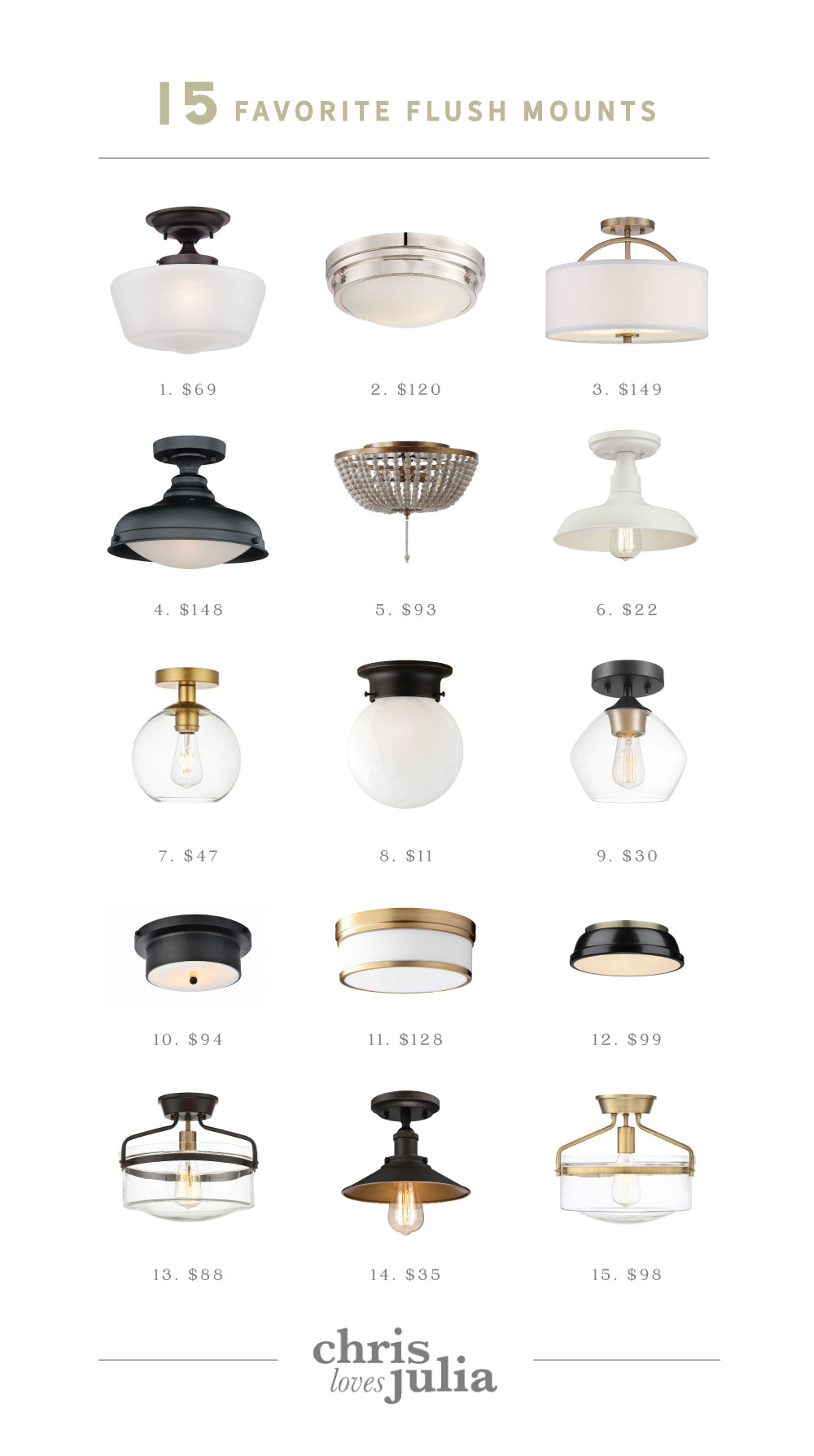

Illuminating Change: A DIY Guide to Replacing a Light Fixture
Updating or replacing a light fixture can instantly transform the look and feel of a room. Instead of relying on professional help, consider taking on the task yourself with a DIY approach. In this comprehensive guide, we’ll provide you with step-by-step instructions to successfully replace a light fixture and add a touch of personal style to your space.
Understanding the Basics
Before diving into the replacement process, it’s essential to understand the basic components of a light fixture. Familiarize yourself with the wiring, the fixture’s mounting bracket, and any additional features. Turning off the power to the existing fixture at the breaker box is a crucial first step to ensure safety during the replacement.
DIY Replace a Light Fixture: Step-by-Step Guide
Ready to get started? Follow this DIY guide on replacing a light fixture for detailed instructions and additional tips. This resource provides visual aids and supplementary information to ensure you have all the information needed for a successful light fixture replacement.
Gathering Necessary Tools and Materials
Begin the process by gathering all the necessary tools and materials. These typically include a screwdriver, wire stripper, voltage tester, wire connectors, and, of course, the new light fixture. Ensure that you have a stable ladder or step stool to reach the fixture safely.
Turning Off the Power
Safety is paramount when dealing with electrical work. Turn off the power to the existing light fixture at the breaker box. Use a voltage tester to double-check that the power is indeed off before proceeding with the replacement.
Removing the Old Fixture
Carefully remove the old light fixture. This usually involves unscrewing the mounting screws that secure the fixture to the electrical box. Once the fixture is detached, expose the wiring by gently pulling it away from the box.
Understanding Wiring Connections
Take note of how the old fixture is wired before disconnecting it completely. Most fixtures will have a black (hot) wire, a white (neutral) wire, and a ground wire. Ensure that you understand which wires connect to each other and the purpose of each.
Connecting the New Fixture
Connect the wires from the new light fixture to the corresponding wires in the electrical box. Typically, this involves matching the black to black, white to white, and grounding the ground wire. Use wire connectors to secure the connections, ensuring they are tight and well-insulated.
Attaching the New Fixture
Once the wiring is secure, attach the new light fixture to the electrical box using the provided mounting screws. Ensure that the fixture is stable and flush against the ceiling or wall. Follow the manufacturer’s instructions for any additional installation steps specific to your fixture.
Testing the New Fixture
Before fully securing the new light fixture, turn the power back on at the breaker box and test the fixture to ensure it functions correctly. If everything is in working order, turn the power off again and proceed to secure the fixture in its final position.
Securing the Fixture in Place
Once you’ve confirmed that the new light fixture is working as intended, secure it in its final position. Tighten the mounting screws to ensure the fixture is stable and well-supported. Double-check that all connections are secure and insulated.
Final Aesthetic Touches
With the new fixture securely in place, add any final aesthetic touches, such as decorative light bulbs or shades, to enhance the overall look of the room. Take a step back and admire the transformation you’ve achieved with a relatively simple DIY project.
Clean-Up and Recycling
Dispose of the old light fixture responsibly. If it’s in good condition, consider donating it. Otherwise, take it to a recycling center that accepts electronic waste. Clean up any debris from the installation and enjoy your newly illuminated space.
In conclusion, replacing a light fixture is a rewarding DIY project that can instantly elevate the ambiance of a room. With careful planning, the right tools, and a focus on safety, you can confidently take on this project and enjoy the fruits of your DIY labor. Follow this guide and bask in the newfound glow of your refreshed space.
